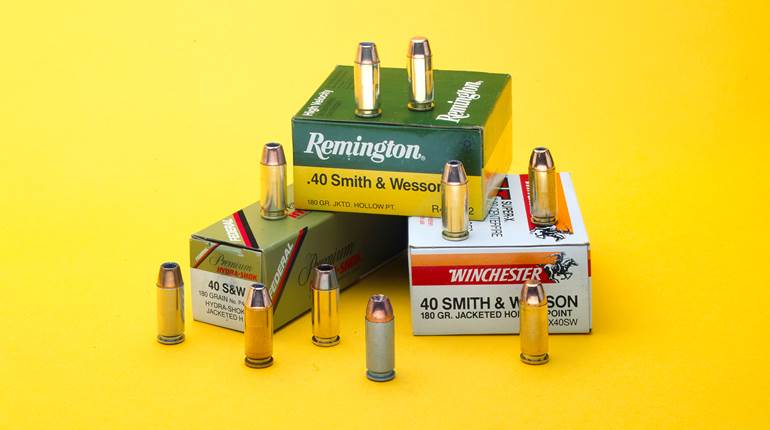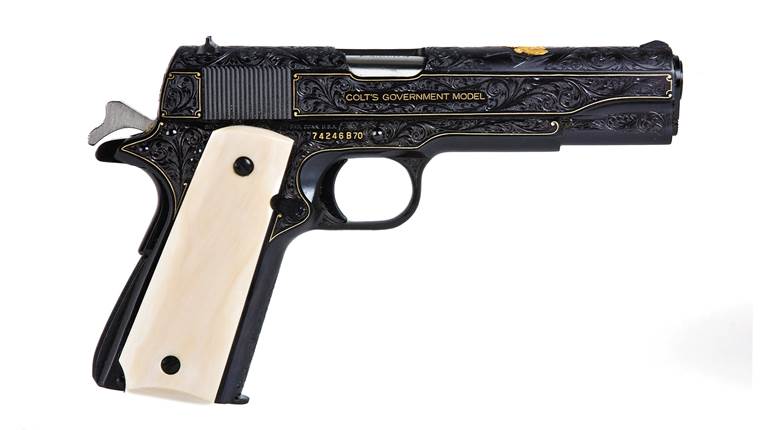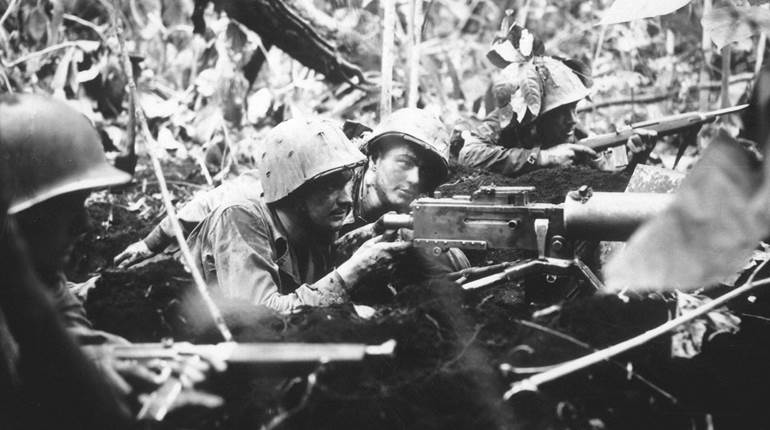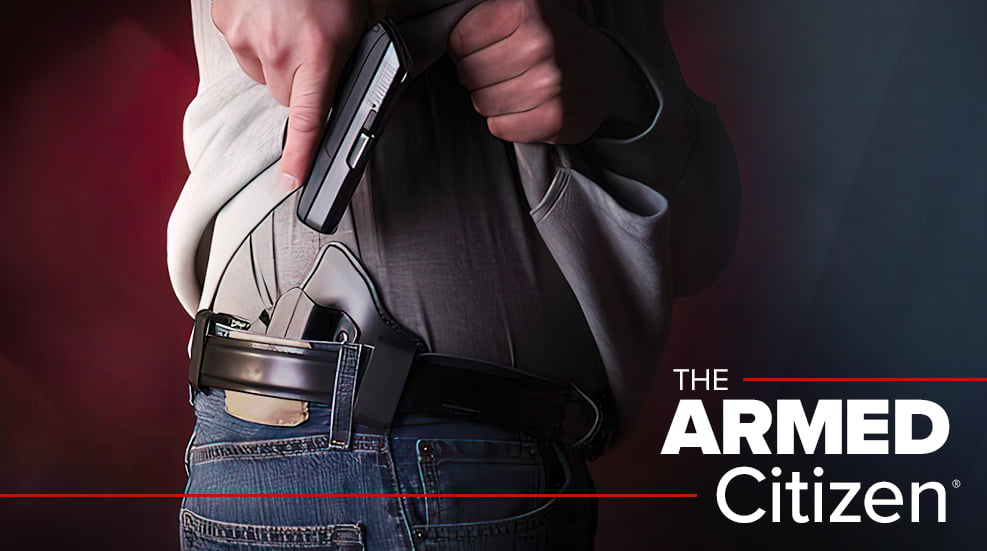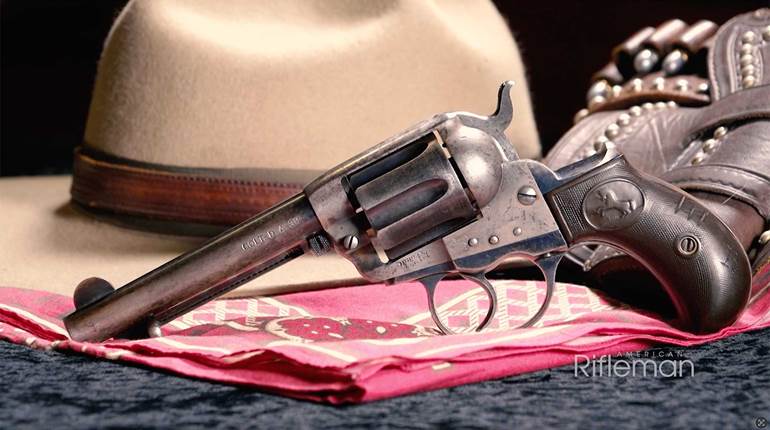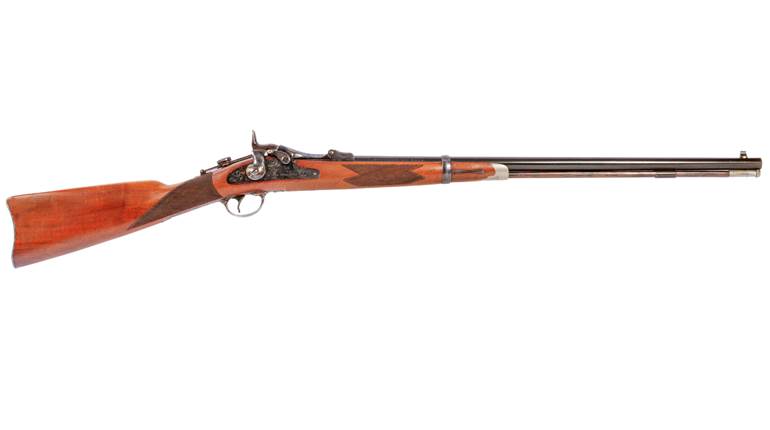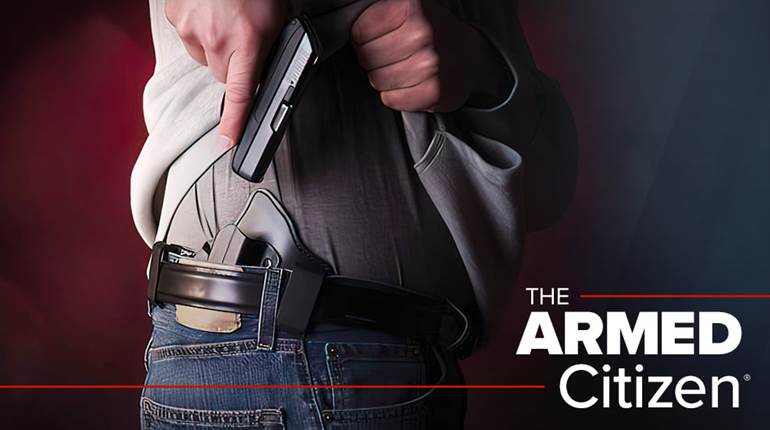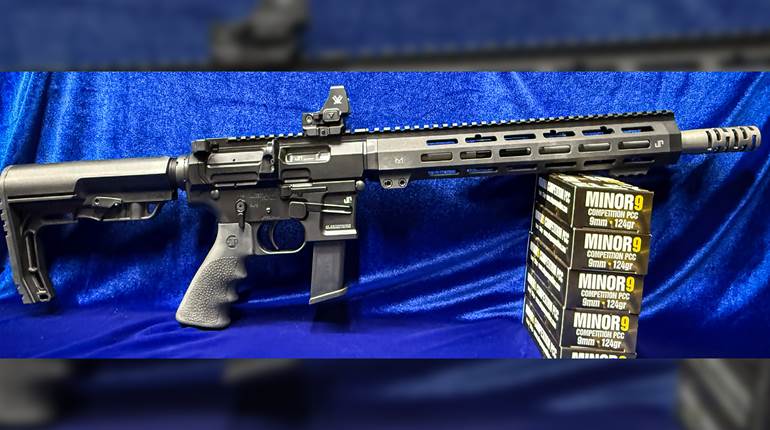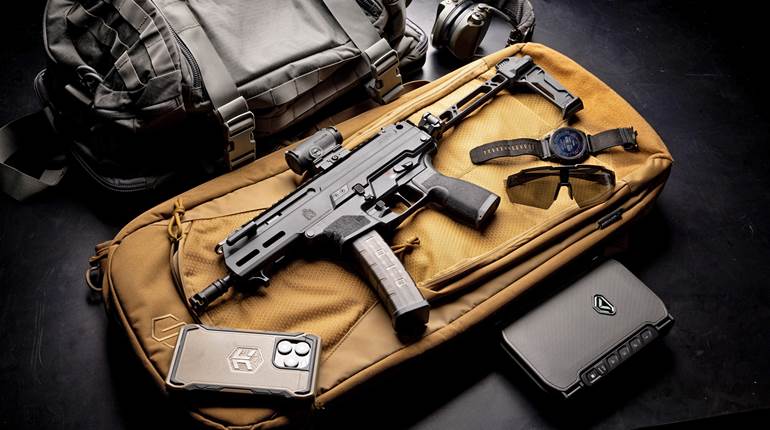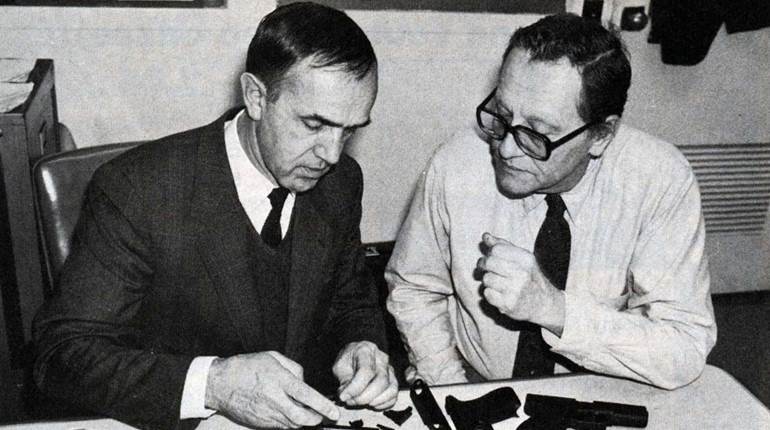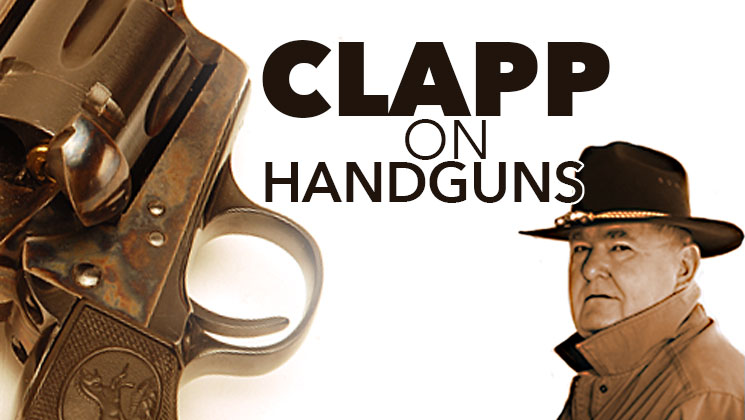
After the legendary Miami shootout, the FBI’s firearms people were faced with a fistful of problems. Not only were they charged with the responsibility for developing or selecting a new gun for their agents, they also had to come up with a protocol for selecting cartridges and loads. Some dedicated people went at it hard for a considerable period of time, and came up a standard procedure of shooting a series of shots of a given load into properly calibrated ordnance gelatin and through various kinds of intervening barriers. After a while, the so-called “FBI protocol” came to be accepted as the best means of evaluating defensive cartridge performance. Routinely used by the major ammunition makers, it is a reliable standard. That portion of the effort was a resounding success.
The new gun and cartridge did not fare as well. The gun was a short version of the S&W Model 1006, called the 1076. It had a host of persistent problems that eventually defeated the idea of a 10 mm service auto.
The 10 mm came along in the early 1980s, intended for the Bren Ten pistol. Loaded by Norma, the first loads drove a .40-caliber, 200-grain bullet to a muzzle velocity of 1,200 fps. Early on, it became obvious that such a loading was a bit ambitious and velocity dropped to 1,150 fps and bullet weight to 180 grains. Everybody who made ammunition quickly got their version on dealer’s shelves. About the same time, the FBI and Federal jointly developed the Bureau load—a 180-grain JHP at 950 fps. It was quickly nicknamed “FedLite” in recognition of the 200 fps drop in velocity. Since most observers of the handgun scene were enthusiastic about the power of the 10 mm cartridge, the loading down for FBI use drew some amount of scorn. As it turned out, the FBI gun people may have had a more viable cartridge than the speed-freaks. In a short period of time it became obvious that building a 10 mm pistol involved a good deal more than re-barreling a .45 and fitting a different magazine. Everybody tried it, but the forces at work in the hot-loaded 10 mm ammo made almost all models badly worn in less than a thousand rounds.
However, the guns that fired “FedLite” seemed to roll on forever. There are still a couple of original-style 10 mm loads made with velocities are in mid-1,100 fps range. Many more loads are made with slower velocities and often times lighter bullets. The trend in 10 mm ammo is pretty much toward the 180 grains and 950 fps of the “FedLite.” At the same time the FBI was working on all of this, Smith & Wesson was also developing another 10 mm cartridge, which was introduced in ’91, called the .40 S&W. In terms of terminal ballistics, the .40 S&W is pretty much the same thing as the 10 mm FedLite.












